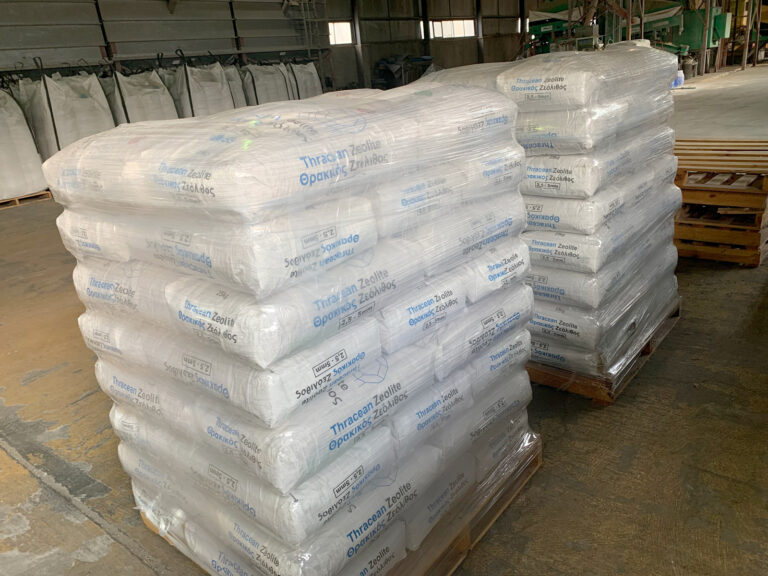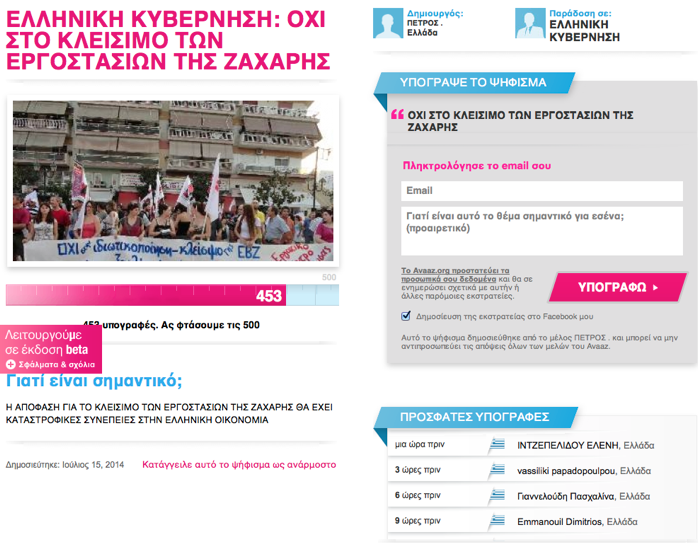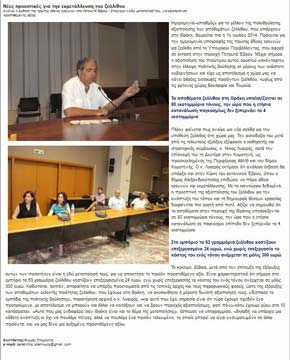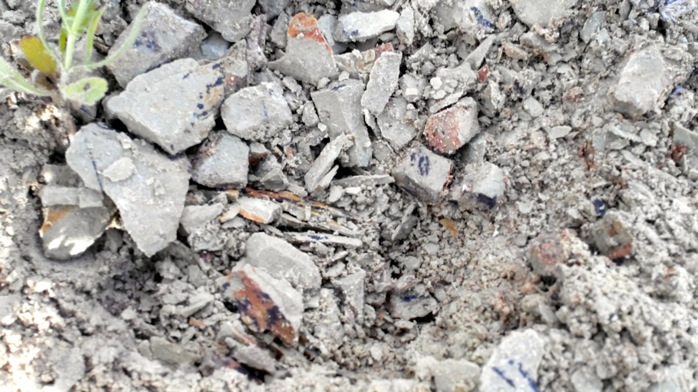K. Lizama Allende, T. D. Fletcher and G. Sun
Department of Civil Engineering, Monash University, Building 60, Melbourne, VIC 3800, Australia E-mail: katherine.lizama@monash.edu
ABSTRACT
The presence of arsenic and heavy metals in drinking water sources poses a serious health risk due to chronic toxicological effects. Constructed wetlands have the potential to remove arsenic and heavy metals, but little is known about pollutant removal efficiency and reliability of wetlands for this task. This lab-scale study investigated the use of vertical subsurface flow constructed wetlands for removing arsenic, boron, copper, zinc, iron and manganese from synthetic wastewater. Gravel, limestone, zeolite and cocopeat were employed as wetland media. Conventional gravel media only showed limited capability in removing arsenic, iron, copper and zinc; and it showed virtually no capability in removing manganese and boron. In contrast, alternative wetland media: cocopeat, zeolite and limestone, demonstrated significant efficiencies – in terms of percentage removal and mass rate per m3 of wetland volume – for removing arsenic, iron, manganese, copper and zinc; their ability to remove boron, in terms of mass removal rate, was also higher than that of the gravel media. The overall results demonstrated the potential of using vehttp://zeolife.gr/wp-admin/post.php?post=5304&action=edit&lang=el&admin_bar=1rtical flow wetlands to remove arsenic and metals from contaminated water, having cocopeat, zeolite or limestone as supporting media.
source: www.iwaponline.com





